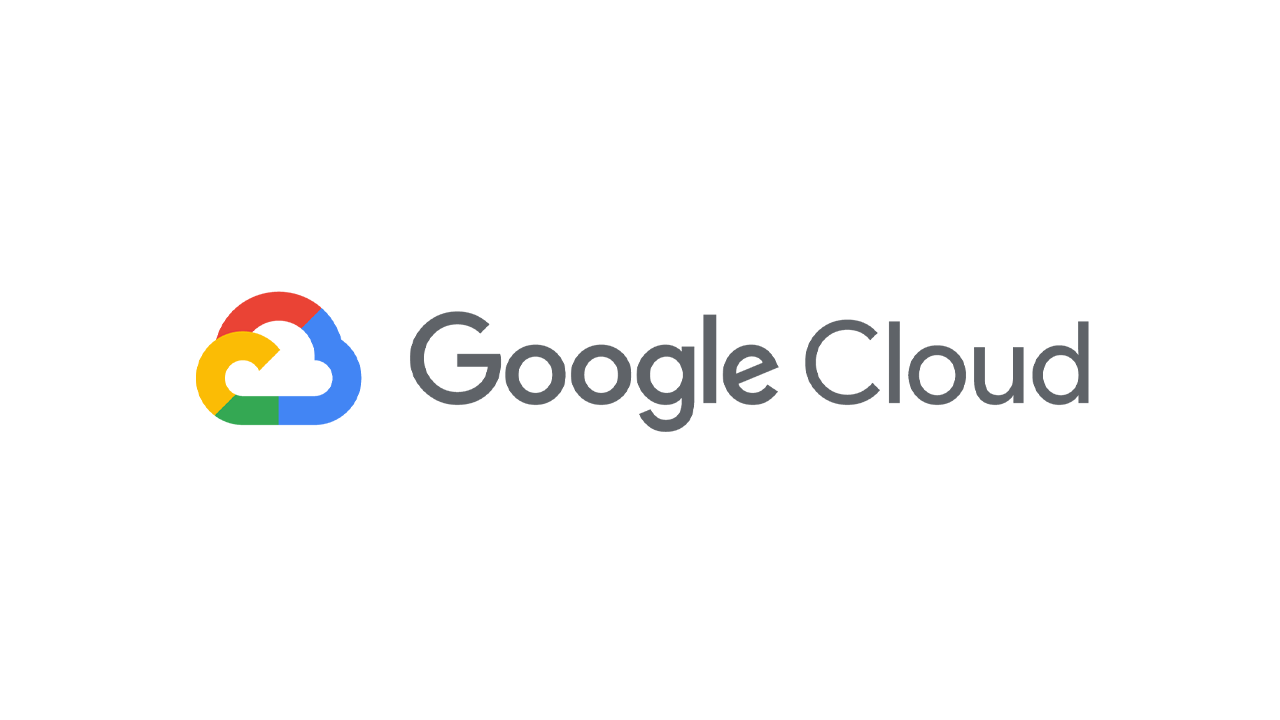- Course
How Google Does Machine Learning
What is machine learning, and what kinds of problems can it solve? Google thinks about machine learning slightly differently -- of being about logic, rather than just data.

- Course
How Google Does Machine Learning
What is machine learning, and what kinds of problems can it solve? Google thinks about machine learning slightly differently -- of being about logic, rather than just data.
Get started today
Access this course and other top-rated tech content with one of our business plans.
Try this course for free
Access this course and other top-rated tech content with one of our individual plans.
This course is included in the libraries shown below:
- Data
What you'll learn
What is machine learning, and what kinds of problems can it solve? Google thinks about machine learning slightly differently -- of being about logic, rather than just data. We talk about why such a framing is useful when thinking about building a pipeline of machine learning models. Then, we discuss the five phases of converting a candidate use case to be driven by machine learning, and consider why it is important the phases not be skipped. We end with a recognition of the biases that machine learning can amplify and how to recognize this.

